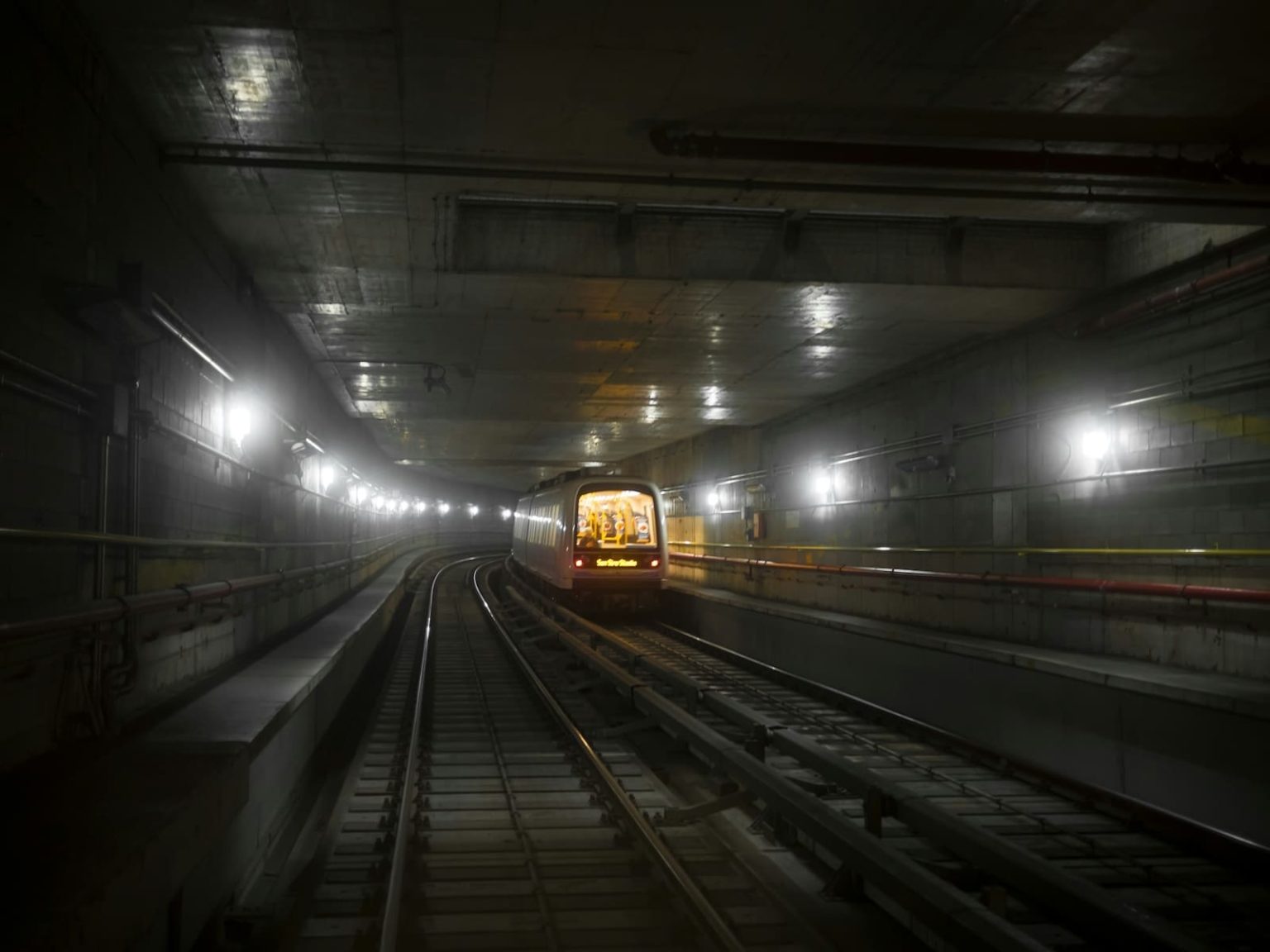In an increasingly interconnected world, access to high-speed internet has become a fundamental necessity. Fiber optic, known for its ability to transmit large amounts of data at extremely high speeds, is the technology of choice to meet this demand. However, the installation of new fiber optic infrastructure can be costly and disruptive.
Therefore, deploying fiber optic through existing infrastructure presents itself as an efficient and sustainable solution.
Utilizing existing infrastructures such as underground conduits, light poles, and power lines for fiber optic deployment offers multiple advantages. This strategy not only reduces costs and installation time but also minimizes environmental impact and disruptions in local communities.
To maximize efficiency and minimize costs and environmental impact, fiber optic deployment is often carried out using existing infrastructures. Some key infrastructures that are leveraged for this purpose include:
Railway network:
Railway lines often have conduits and tunnels that can accommodate fiber optic cables. By leveraging the railway network, fiber can be deployed along extensive transportation routes without the need for additional excavations. This is particularly useful for efficiently connecting urban and rural areas.
Gas pipeline infrastructure:
Gas pipelines, which already extend over long distances to transport gas, can also be used to house fiber optic cables. This underground infrastructure offers a safe and protected path for wiring, reducing the need for new excavations and civil works.
Electricity infrastructure:
Both aerial and underground power lines provide ideal routes for fiber optic deployment. Fiber can be installed alongside existing power cables, using the same poles and conduits. This strategy is not only cost-effective but also facilitates the maintenance and monitoring of the telecommunications network.
Subway:
Major city metros have well-developed underground infrastructure that can be utilized for fiber optic deployment. Subway tunnels provide a controlled and secure environment for cables, allowing for quick and efficient installation in densely populated urban areas.
Highways:
Highways have a vast network of infrastructures that can be leveraged for fiber optic deployment. Conduits and spaces along highways allow for cable installation without the need for major additional works. This strategy facilitates connectivity expansion along key transport corridors, improving internet access in multiple regions.
Advantages of deploying fiber optic in existing infrastructure:
1. Cost reduction:
Using available infrastructures avoids the need for costly civil works, such as trench excavation and new conduit construction. This results in significant savings for telecommunications companies and ultimately for consumers.
2. Lower environmental impact:
Installing fiber optic in existing infrastructures reduces the need to remove large amounts of soil and construction waste. This contributes to the preservation of the natural environment and the reduction of carbon footprint.
3. Faster deployment:
By not having to build new infrastructures from scratch, the implementation time is considerably reduced. This allows companies to offer high-speed services in a shorter timeframe, benefiting users who need fast and reliable connectivity.
4. Less community disruptions:
The construction of new infrastructures can cause significant inconvenience, such as street closures and noise disturbances. Utilizing existing infrastructures minimizes these disruptions, improving community acceptance of the project.
Challenges and solutions:
Despite its numerous advantages, deploying fiber optic through existing infrastructures presents certain challenges. These include infrastructure compatibility, the need for additional permits, and the management of available capacity in existing infrastructures.
To address these challenges, telecommunications companies and local authorities must work closely together. Conducting technical feasibility studies and implementing innovative solutions, such as the use of microducts and fiber blowing techniques, can help overcome technical barriers. Additionally, creating regulatory frameworks that facilitate shared use of infrastructures can expedite the deployment process.
Success stories:
Several countries have successfully implemented fiber optic deployment through existing infrastructures. In Spain, for example, companies like Telefónica have used underground conduits and light poles to extend their fiber optic network, reaching rural and urban areas with lower economic and environmental impact.
In the UK, Openreach has carried out similar projects, using existing public utility infrastructure to deploy fiber optic in areas where the installation of new infrastructures would be prohibitive.
The future of fiber optic deployment:
As the demand for high-speed connectivity continues to grow, deploying fiber optic through existing infrastructures will consolidate as a key strategy. Collaboration between telecommunications companies, local authorities, and regulatory bodies will be essential to maximize the benefits of this approach.
With a focus on sustainability, efficiency, and cost reduction, deploying fiber optic using existing infrastructures will not only accelerate connectivity expansion but also contribute to a more connected and environmentally friendly future. Additionally, the search for suitable locations for data centers to terminate these communication lines will be crucial.

